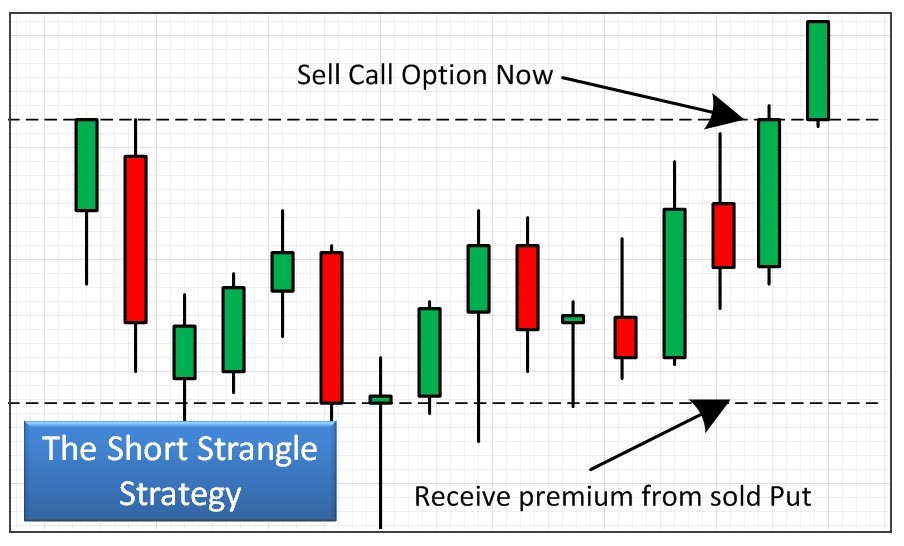Two Ways to Sell Options
Post on: 24 Апрель, 2015 No Comment

In contrast to buying options, selling stock options does come with an obligation — the obligation to sell the underlying equity to a buyer if that buyer decides to exercise the option and you are assigned the exercise obligation. Selling options is often referred to as writing options.
When you sell (or write) a Call — you are selling a buyer the right to purchase stock from you at a specified strike price for a specified period of time, regardless of how high the market price of the stock may climb.
Covered Calls
One of the most popular call writing strategies is known as a covered call. In a covered call, you are selling the right to buy an equity that you own. If a buyer decides to exercise his or her option to buy the underlying equity, you are obligated to sell to them at the strike price — whether the strike price is higher or lower than your original cost of the equity. Sometimes an investor may buy an equity and simultaneously sell (or write) a call on the equity. This is referred to as a buy-write.
Examples: You buy 100 shares of an ETF at $20, and immediately write one covered Call option at a strike price of $25 for a premium of $2 You immediately take in $200 — the premium.
- If the ETF’s market price stays under $25, then the buyer’s option will expire worthless, and you have gained the $200 premium.
- If the ETF’s price rises above $25, you may have to sell your ETF and will lose its upside appreciation above $25 per share.
- Or, you can close out your position by buying an option on the same ETF with the same strike price and expiration in a closing transaction to at least partially reduce a potential loss.
Uncovered Calls
In an uncovered call. you are selling the right to buy an equity from you which you don’t actually own at the time.
Examples: You write a Call on a stock for a premium of $2, with a current market price of $20, and a strike price of $25. Again, you immediately take in $200 — the premium.
- If the stock price stays under $25, then the buyer’s option expires worthless, and you have gained $200 premium.
- If the stock price rises to $30 and the option is exercised, you will have to buy 100 shares of the stock at the $30 market price to meet your obligation to sell it at $25. You lose $300 — the difference between your total $3,000 purchase cost for the stock, minus your proceeds of $2,500 from the sale of exercised stock and the $200 premium you took in for selling the option.
As this example demonstrates, uncovered Call writing carries substantial risk if the equity’s price increases sharply.
The information above on buying and selling options is designed only as a brief primer on options. Additional and important information can be obtained from the Options Industry Council’s investor education site: www.optionseducation.org
Disclaimer: This site discusses exchange-traded options issued by the Options Clearing Corporation. No statement on this site is to be construed as a recommendation to purchase or sell a security, or to provide investment advice. Options involve risks and are not suitable for all investors. Prior to buying or selling an option, a person must receive and review a copy of Characteristics and Risks of Standardized Options published by The Options Clearing Corporation. Copies may be obtained from your broker; one of the exchanges; The Options Clearing Corporation at One North Wacker Drive, Suite 500, Chicago, IL 60606; by calling 1-888-OPTIONS; or by visiting www.888options.com. Any strategies discussed, including examples using actual securities and price data, are strictly for illustrative and education purposes and are not to be construed as an endorsement, recommendation or solicitation to buy or sell securities.














